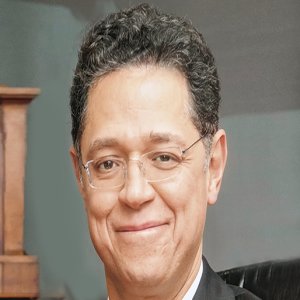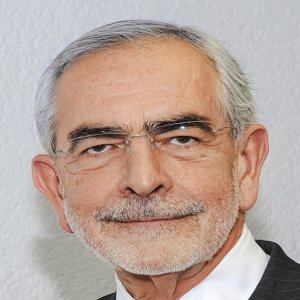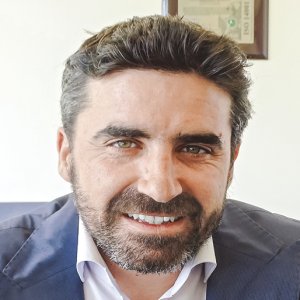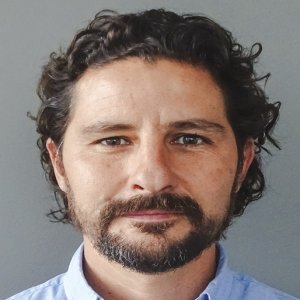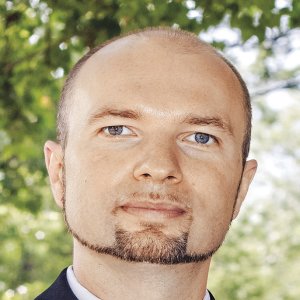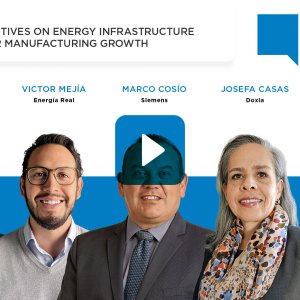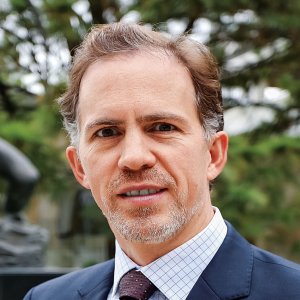Sustainability Pillars: People, Community, Environment

STORY INLINE POST
Q: What is FEMSA’s energy demand and what drove you to invest in four wind farms in Mexico?
A: FEMSA operates in 12 countries where we have a clear understanding of the company’s total energy requirements. Electricity is our main energy source, followed by gasoline and diesel to power our logistics and distribution fleet. FEMSA’s global operations consume around 2.4TWh of electricity per year and Mexico is a major share of that demand, with a consumption of 2TWh per year. FEMSA’s aggregate electricity consumption results from adding the demand of our different business units, including FEMSA Comercio, which controls our OXXO convenience store chain, Coca Cola FEMSA, FEMSA Logistics and FEMSA Strategic Businesses, which owns Imbera and PTM.
Our efforts to incorporate renewable energy in our operations are connected to our Strategic Sustainability Framework, which focuses on three pillars: Our People, Our Community and Our Environment. Regarding the environment, FEMSA works toward improving its water and energy management practices as well as promoting recycling and reusing of materials. We have worked strongly in the past few years to improve our operational efficiency, reducing energy usage and supporting the inclusion of larger shares of renewables into our company’s energy mix. We are now pursuing the goal of supplying 85 percent of our electricity from renewable energy sources by 2018. We established strategic alliances with wind farm developers and operators because we found wind energy to be the most competitive electricity supply option at that time. We receive electricity from four wind farms: Bii Nee Stipa and Stipa Nayaa in Oaxaca, Dominica in San Luis Potosi and Ventika in Nuevo Leon, all under the self-supply framework of the previous Electricity Industry Law.
Q: How will the company reach its 85 percent target and where do you plan to source the remaining 15 percent?
A: We will meet our goals with the PPAs we have already signed, including those belonging to the four wind farms. Some of the contracts we have signed recently correspond to projects under construction, which is why they are still not reflected in our energy mix. But we expect them to be up and running by 2018. With the opportunities presented by the Energy Reform, we are now evaluating the best company to supply the remaining 15 percent of electricity, around 300MWh annually, whether it is CFE or another qualified supplier. We are not certain that CFE will continue being our qualified supplier because we are open to different options available in the market. Nonetheless, we expect the state- owned company to remain as a leading qualified supplier in the coming years, so it still represents a strong future bet.
Q: How is FEMSA complying with the law requiring all emitters over 25,000 tons of CO2e be included in the National Emissions Registry?
A: FEMSA has been voluntarily participating since 2006 in the Greenhouse Gases Program (Programa GEI), designed by SEMARNAT to encourage private companies to monitor and reduce carbon emissions. All our business units have a long history in accounting and reporting their GHG emissions annually, including FEMSA Comercio and Logistics. We are also accustomed to making our emissions accounting public because we publish our sustainability reports online. We are comfortable with the idea of having an official GHG emissions registry because we have already implemented the mechanisms for this. We established our first PPA with a renewable energy project in 2007. At that time renewable energies were not as popular. Most companies used to think that lowering their carbon emissions would be important in the future but few were taking action at that time. FEMSA was a pioneer because it wanted to learn and gain experience in the field to prepare for the future. Now, the Energy Transition Law requires that 5 percent of the electricity supplied to qualified users must come from renewable energy sources by 2018. We will be ready to meet this target. The law also establishes a gradual increment in the share of renewable energies up to 35 percent by 2024, a goal that we also will be in a position to meet and exceed.
